Health Professions Advising Office
We counsel UM health professions students on available health care career opportunities and advise students towards a competitive application. We take your aspirations and help you to become the best candidate for professional school.
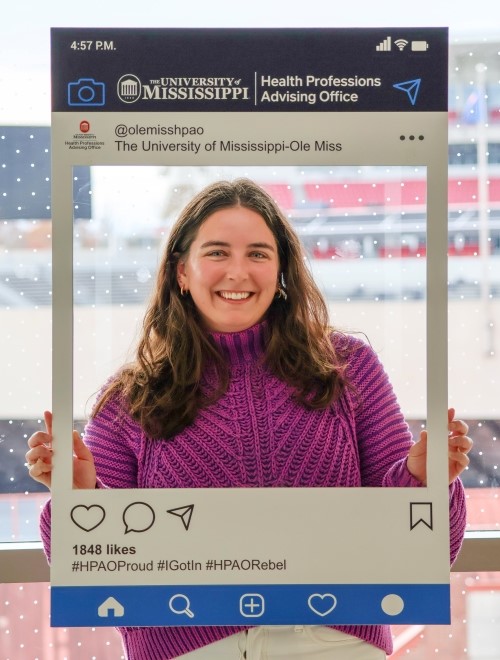
Helping Students Achieve Their Healthcare Dreams
The Health Professions Advising Office (HPAO) at the University of Mississippi has a mission to counsel all UM health professions students on available opportunities for a health care career and advise students toward a competitive application. We take student aspirations, tailor advising to each student, and help them to become the most competitive applicant!
Students who are considering a health profession are asked enroll in the office by indicating their interest in their application to the university. Currently enrolled students who want to declare their interest will complete the following online form.
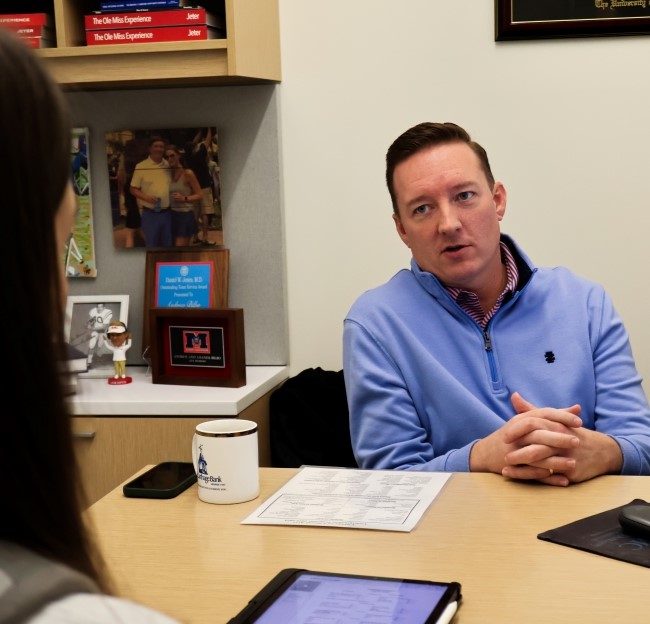
HPAO Advising
The HPAO advisors are ready to assist students with personalized one-on-one advising and guidance through their pre-health journey at the University of Mississippi. See how advising is divided among the advisors and make an appointment.
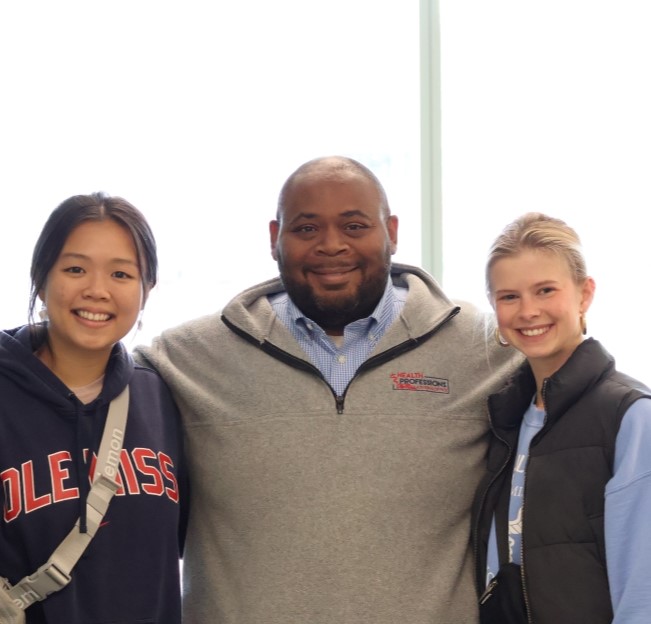
HPAO Programs and Services
Learn about the extensive list of programs and services provided by the Health Professions Advising Office.

Health Professions
Select the health profession of your choice to learn the basics of the educational pathway, information about the health profession, prerequisite courses for admission in some cases, meet the advisor(s), and perhaps some student ambassadors.
-
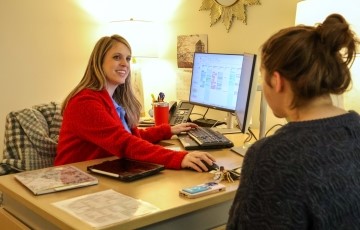
B.A. in Allied Health Studies
Students pursuing one of the Allied Health Professions will enroll in this degree program and select one of the required emphasis areas. HPAO staff will be their primary academic advisors while enrolled at UM and are working towards admission into the health professional school of their choice.
B.A. in Allied Health Studies -
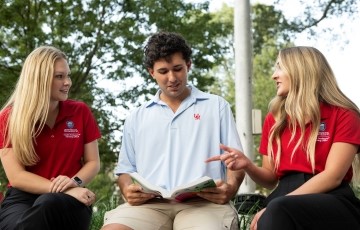
Meet Some of Our Students
Many HPAO students are happy to share their experiences and perspectives with others. Learn about the pre-health journey from our students.
HPAO Student Ambassadors -
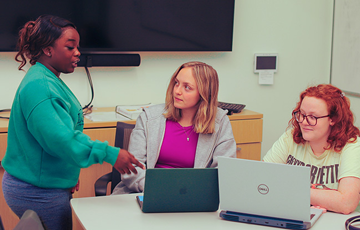
HPAO Student Tutoring
Thanks to private donor support, HPAO students may access free tutoring for a range of related courses.
Current Semester Tutoring Schedule
In the News
Help Support Pre-Health Students
The Health Profession Advising Office strives to provide the full range of support for any UM student seeking to pursue a health profession. Some examples of how you can support this work include
- Scholarships
- Free tutoring for key science courses
- Free admission test materials and workshops
If you’d like to support HPAO in its work, please consider a tax deductible donation through the University of Mississippi Foundation.
